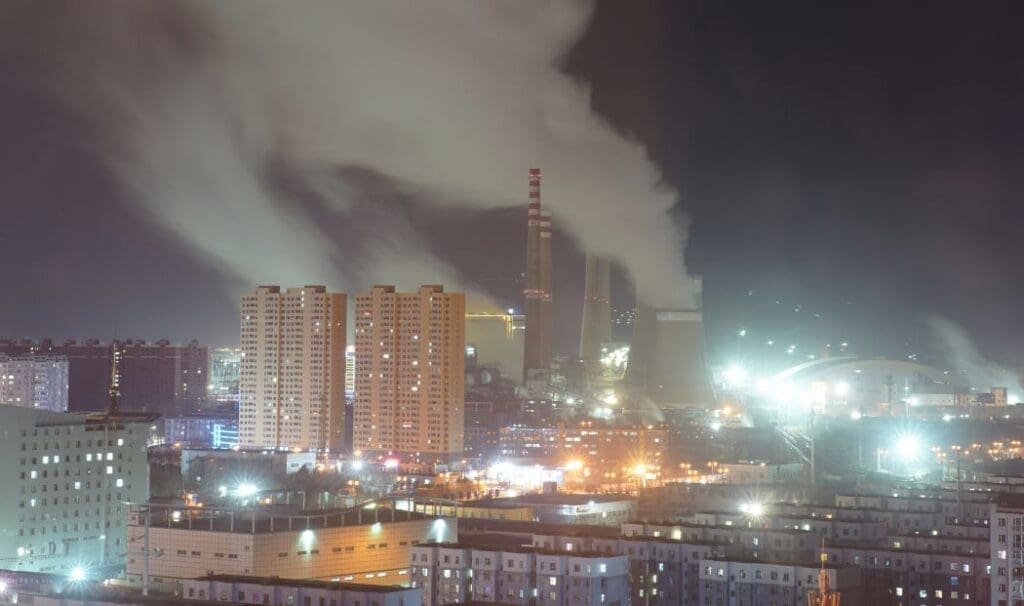Beijing, China | AFP
China missed a key climate target in 2024 and emissions in the world’s second-largest economy continued to rise as coal remained dominant despite record renewable additions, official data showed Friday.
Beijing’s National Bureau of Statistics said carbon intensity, which measures carbon dioxide emissions per unit of GDP, fell 3.4 percent in 2024 — short of an official goal of 3.9.
That also put the country well behind its goal of an 18 percent reduction from 2020 to 2025.
The data also showed total carbon emissions continued to increase in 2024.
Muyi Yang, senior energy analyst for Asia at think tank Ember, said growth in China‘s carbon-hungry industrial sector was holding back progress towards its climate goals.
“Rapid industrial growth has driven energy demand to increase at a pace that outstrips the buildup of clean energy infrastructure,” he told AFP.
Reforms like increasing flexibility in the energy market and adding clean energy infrastructure are needed to ensure industrial output growth “doesn’t come at the expense of a sustainable energy future”, he added.

Under the Paris Climate Agreement, countries submit action plans every five years detailing how they will contribute to meeting global temperature goals by 2035.
According to its pledges, China must reduce its carbon intensity by 65 percent of 2005 levels by 2030.
China remains the biggest emitter of the greenhouse gases that drive climate change but is also a renewable energy powerhouse.
It plans to hit peak carbon emissions by 2030 and reach net zero by 2060.
Total energy consumption was up 4.3 percent over that of 2023, the report said.
Coal, a significant pollutant, provided over half the country’s energy, though renewables also saw a sharp jump last year.
“China is fast approaching the stage where all incremental electricity demand will be satisfied by renewable sources,” analyst Yang said.
“Once crossed, coal power will start declining in absolute terms.”
Beijing is due to announce details of its 15th Five-Year Plan — for 2026 to 2030 –- later this year, likely including updated emissions and energy goals.
In February, it was also due to submit new emissions targets, known as Nationally Determined Contributions (NDCs), under the Paris agreement.
Only a handful of countries have submitted new NDCs so far.
sam/oho/tym
© Agence France-Presse
Article Source:
Press Release/Material by AFP
Featured image credit: Pen Tsai | Unsplash




